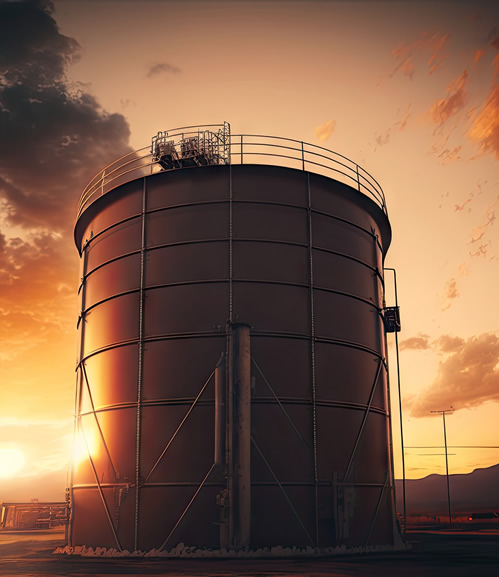About Us
A reliable company, always innovating
We recognize the essential part we play in promoting a sustainable future through the energy transition, and we actively embrace this responsibility at BoVer Shipping B.V.. Our dedication to innovation and the expertise of our team allows us to effectively meet the evolving needs in transportation, processing, and storage of renewable energy products. We prioritize our customers and commit ourselves to their success, ensuring a customer-centric approach in all that we do.
To ensure our European leadership in terms of dependable and environmentally-friendly offerings in storage, processing, logistics, and energy transition, our mission should align with our vision.
